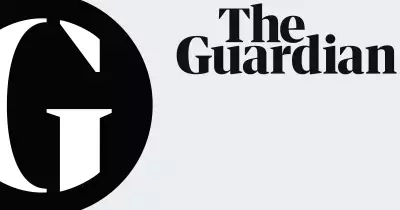
In a desperate bid to reclaim her attention span from the clutches of digital distraction, one writer has taken a radical step: swapping her smartphone for a basic 'burner' phone. The move comes after a shocking realisation about just how much of her day was being consumed by screens.
The Shocking Reality of Screen Time
Despite considering herself a fairly disciplined person, the author was confronted with the stark truth from her screen time notifications: she was spending an average of seven hours a day on her device. This staggering figure, representing almost half of her waking hours, prompted immediate action. What began as a simple tool with about ten apps had ballooned into a source of constant interruption, now hosting 84 applications.
The insidious nature of this habit was clear. Instagram, once an occasional glance at holiday photos, had become the first port of call upon waking. The platform had evolved into a primary news source for life events, from births and deaths to job changes, all algorithmically mixed with irresistibly addictive content like videos of children's hair braiding.
The Digital Rabbit Hole
But Instagram was just one part of the problem. The incessant chatter of WhatsApp groups provided a constant temptation to engage in family banter instead of focusing on work. Then there was the mindless lure of Candy Crush, consuming a full hour each day with its neon-bright candy images. For a self-described intelligent adult, this behaviour felt appallingly addictive and a pure definition of life-wasting.
The solution? Going cold turkey. The author is now the proud owner of a Nokia 110, a device where none of these digital diversions are available. The plan is to share this number with a select few for emergencies only, then power down the smartphone to create clear, focused working days devoid of interruption.
A Limited Success and Broader Grievances
Alas, the experiment has seen only limited success. So out of practice with old phones, the author confesses she hasn't yet managed to work out how to answer a call, musing that perhaps the way forward is a full retreat to a landline.
This personal digital struggle is set against a backdrop of broader modern frustrations, notably what the author describes as a 'fine on living'. She expresses sympathy for TV presenter Kirsty Gallacher, who lost her licence and was fined over £1,000 for driving at 35mph in a 30mph zone. This resonates personally, as the author lives in fear of similar penalties for accidentally edging to 24mph in London's 20mph limits.
The issue extends beyond speeding. The piece references a woman fined £150 for pouring coffee down a drain in Richmond (a fine later rescinded) and nurse Loretta Alvarez, who was fined £1,000 by Hounslow council for leaving a cardboard envelope beside overflowing communal bins. The author sees this as a worrying trend where councils actively search rubbish to issue fines, even when reduced collection services are the root cause.
In a final cultural commentary, the writer defends the BBC against what she calls a 'bashing fest', arguing that the British public would be inestimably poorer without institutions like The Shipping Forecast, Traitors, and Woman's Hour. She recalls an Egyptian guide whose eyes glowed with appreciation for the BBC and the National Trust, seeing them as pillars of British culture admired globally.





